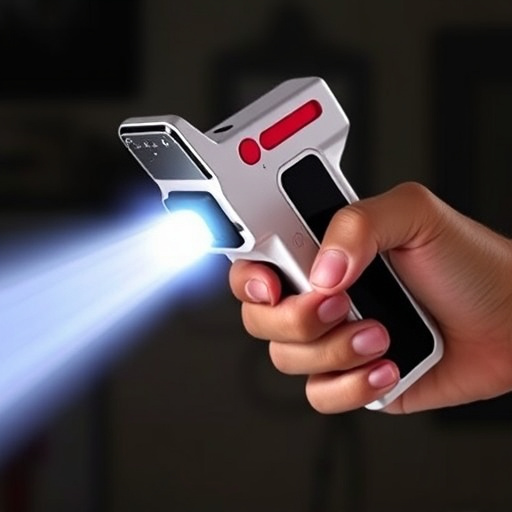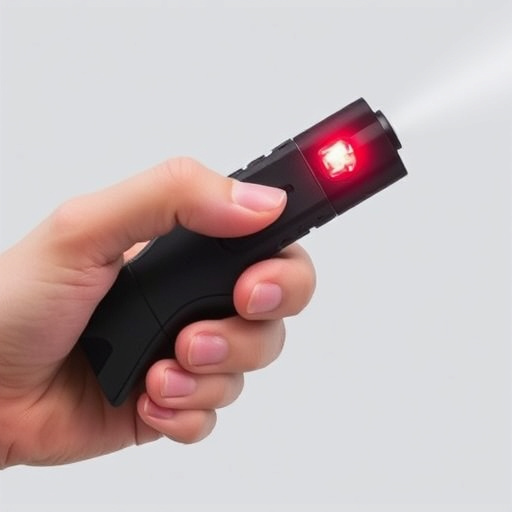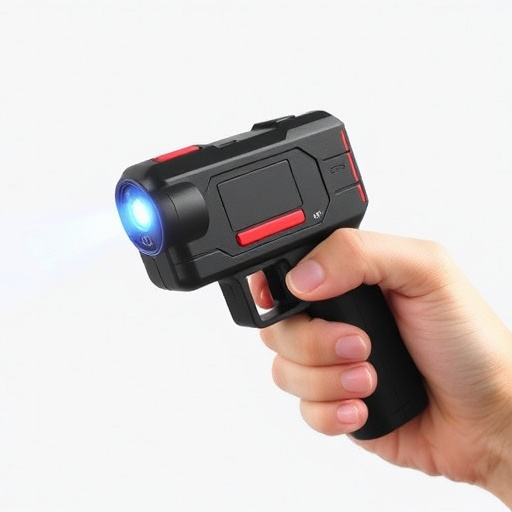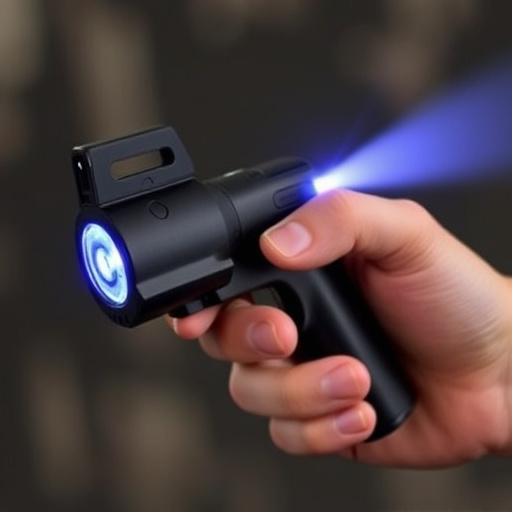Compact smart phone stun guns combine subtlety and power for personal safety. Engineers balance miniaturization with advanced circuit designs and lightweight materials, creating devices that deliver strong shocks while resembling everyday objects like flashlights or smartphones. This blend of portability and performance makes them popular choices for self-defense advocates, offering discreet protection without compromising mobility.
In today’s compact, tech-driven world, the rise of the smart phone stun gun has sparked interest. This powerful personal safety tool has been miniaturized, offering unprecedented portability without sacrificing strength. Understanding the design nuances behind these compact stun guns is key; balancing power and size requires meticulous engineering.
This article explores the features, benefits, and legal considerations of smart phone stun guns, shedding light on their growing popularity as a convenient yet effective self-defense mechanism.
- Understanding Compact Stun Gun Design
- – Key considerations in miniaturization
- – Balancing power and portability
Understanding Compact Stun Gun Design

When it comes to compact stun guns, design is everything. These devices are intentionally built to be small and discrete, often resembling everyday objects like a flashlight or even a smart phone. This clever camouflage makes them easy to carry and conceal, ensuring users can defend themselves in unexpected situations without drawing undue attention.
Behind this sleek exterior lies advanced technology. Compact stun guns pack a powerful punch, delivering a strong electric shock that can disable an attacker. Their design focuses on balance, ergonomics, and ease of use, allowing for swift deployment and control during a confrontation. This blend of subtlety and power is what makes compact stun guns a popular choice for personal safety enthusiasts and self-defense advocates alike.
– Key considerations in miniaturization

When designing a compact stun gun, or “smart phone stun gun” as some models are marketed, miniaturization is key. Engineers must balance several factors to create a device that’s small enough to be easily concealed yet still packs a powerful punch. The primary considerations include power source efficiency, component size and weight optimization, and maintaining adequate voltage and current output for effective shock delivery.
Miniaturized electronics play a crucial role in achieving these goals. Advanced circuit designs and compact batteries allow for smaller form factors without sacrificing performance. Additionally, material science advancements enable the use of lightweight yet durable materials, contributing to the overall compactness and ease of carrying the stun gun, similar to how smart phone technology has shrunk devices while enhancing capabilities.
– Balancing power and portability

When designing a compact stun gun, one of the key considerations is balancing power and portability. The ideal device should pack enough punch to deter attackers while being small enough to easily carry on your person, much like a smart phone. This delicate balance ensures that you have a means of self-defense readily available without compromising convenience or mobility.
A well-engineered stun gun in this form factor combines advanced electrical components with innovative packaging techniques. It leverages high-voltage, low-current technology to deliver a powerful shock while keeping the overall size comparable to a smartphone. This allows users to discreetly wield it as a last line of defense in various situations, whether out for a walk or traveling.
In the ever-evolving world of personal safety, compact stun guns like a smart phone stun gun offer a powerful yet portable solution. By balancing design innovation with rigorous testing, these devices bridge the gap between convenience and protection. Understanding the intricacies of their miniaturized design, including key considerations and the delicate balance between power and portability, is essential to appreciate their growing significance in enhancing individual safety measures.
